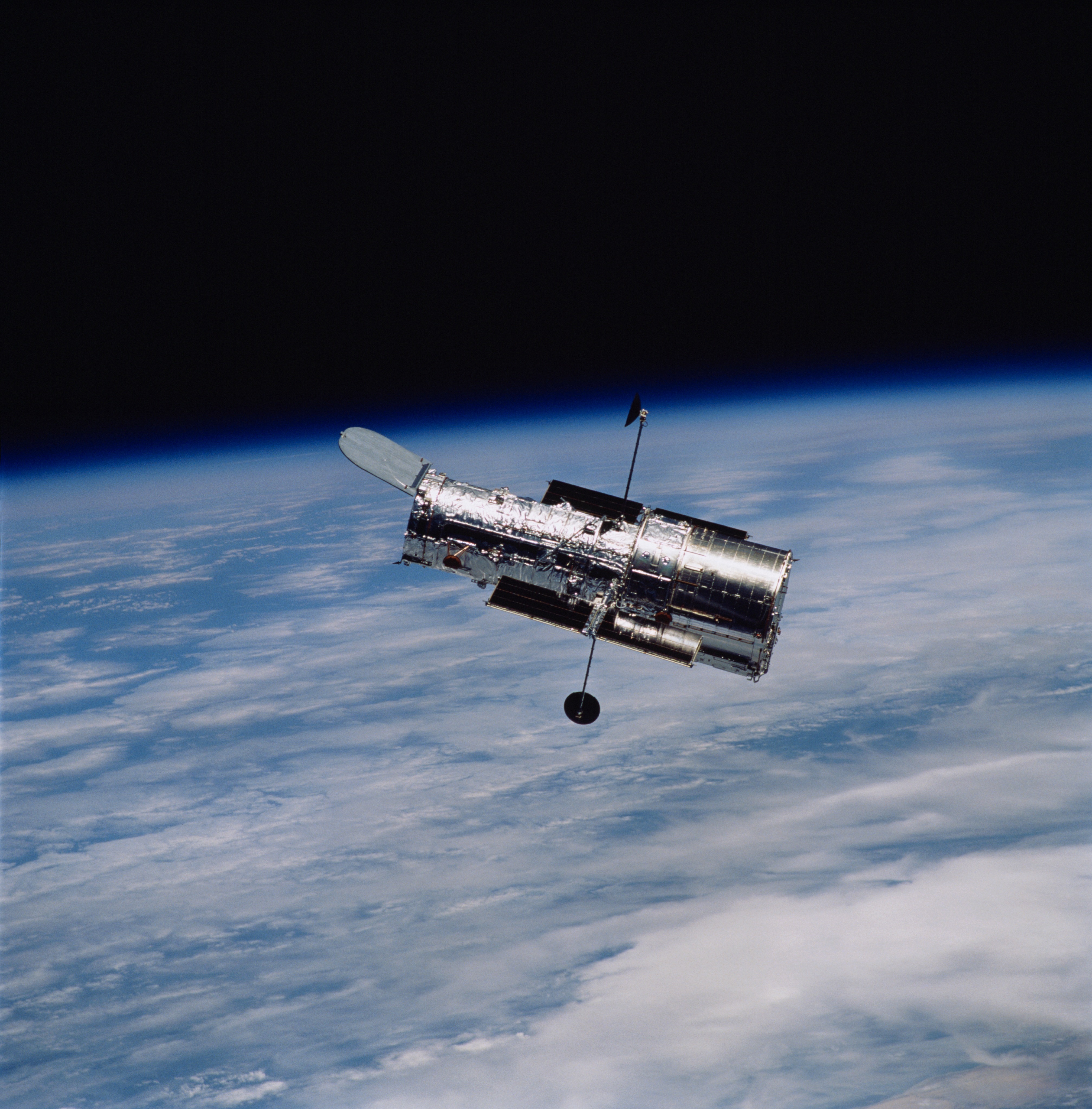For those captivated by the recent celestial spectacle of the aurora borealis, a new marvel awaits in the depths of space. This awe-inspiring image, captured by the Hubble Telescope and released by NASA and the European Space Agency, showcases UGC 9684, a magnificent spiral galaxy teeming with star formation and explosive stellar deaths.
This majestic celestial object serves as a microcosm of the ongoing drama that plays out in the vast expanse of the universe, a story of birth, brilliance, and fiery demise.
A Star-Studded Maelstrom: Unveiling the Structure and Evolution of UGC 9684
Located roughly 240 million light-years distant in the Boötes constellation, UGC 9684 embodies a vibrant stellar nursery. The image reveals a barred spiral galaxy, a structure akin to our own Milky Way. The prominent bar stretching across the galaxy’s center acts as a cosmic funnel, channeling gas and dust inwards.
This stellar smorgasbord fuels the supermassive black hole that resides at the heart of UGC 9684, a gravitational behemoth whose immense pull shapes the galaxy’s structure. Bar formation is generally considered the final stage in the evolution of spiral galaxies like UGC 9684, signifying a period of relative stability after mergers with other galaxies. This bar, along with the spiral arms that wind outwards from it, serves as a grand cosmic racetrack where new stars are born.
A Stellar Cradle and Cemetery: A Galaxy Fueled by Birth and Death
UGC 9684 is a stellar powerhouse, churning out new stars every few years. These celestial newborns are ablaze with brilliance, radiating light across the cosmos. However, these stars are not destined for longevity. Despite their initial brilliance, even the most massive stars within UGC 9684 exhaust their fuel supplies within a mere few million years, succumbing to violent deaths in spectacular supernova explosions. These stellar detonations mark the final chapter in the lives of massive stars, scattering the building blocks of new generations of stars and planets across the galaxy. The shockwaves from supernovae also play a vital role in triggering the formation of new stars within the gaseous clouds of the galaxy’s spiral arms.
A Supernova Spectacle: A Galaxy Rich in Stellar Demise
Astronomers estimate that UGC 9684 has witnessed four such supernovae since 2006, solidifying its reputation as one of the most supernova-rich galaxies known. The short interval between these explosions highlights the frenetic pace of stellar evolution within UGC 9684. The most recent of these stellar explosions occurred in the galaxy’s outskirts in July 2020, but it has faded from view since then and is not captured in this particular Hubble image, which was taken in 2023.
A Galactic Halo: A Whisper of Ancient Stars
The image also reveals a faint, spherical cloud surrounding the central galaxy – its halo. Our own Milky Way possesses a similar halo, consisting of two distinct regions: an inner halo harboring stars roughly 11.5 billion years old and an outer halo potentially as old as the galaxy itself. These ancient stars, relics from the Milky Way’s earliest days, serve as silent witnesses to the galaxy’s formation and evolution. The presence of a halo around UGC 9684 suggests a similarly rich history, hinting at the countless stellar generations that have come and gone within this distant galaxy.
Hubble’s Enduring Legacy: A Marvel of Modern Science Gazing Upon the Cosmos
Gazing upon UGC 9684 in this Hubble image, it is humbling to consider the immense distance separating us. This observatory, a marvel of modern science, circles Earth at a mere 320 miles (515 kilometers) above our planet’s atmosphere. While the retirement of the space shuttle in 2011 ended Hubble’s servicing missions, NASA anticipates its continued operation until the late 2020s. Following that, a controlled re-entry into the Pacific Ocean is planned.

This image, a testament to Hubble’s enduring capabilities, offers a glimpse into the dynamic processes of star formation and death within a distant galaxy. It serves as a captivating reminder of the violent beauty that pervades the cosmos, a celestial dance of birth, brilliance, and fiery demise.
The ongoing story of UGC 9684, forever etched against the cosmic canvas, is a testament to the power of telescopes like Hubble to unveil the wonders of the universe.



















